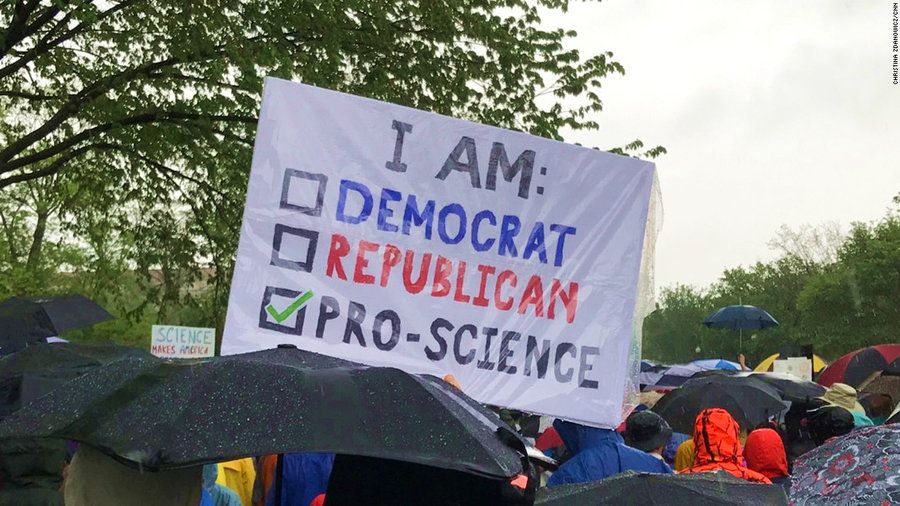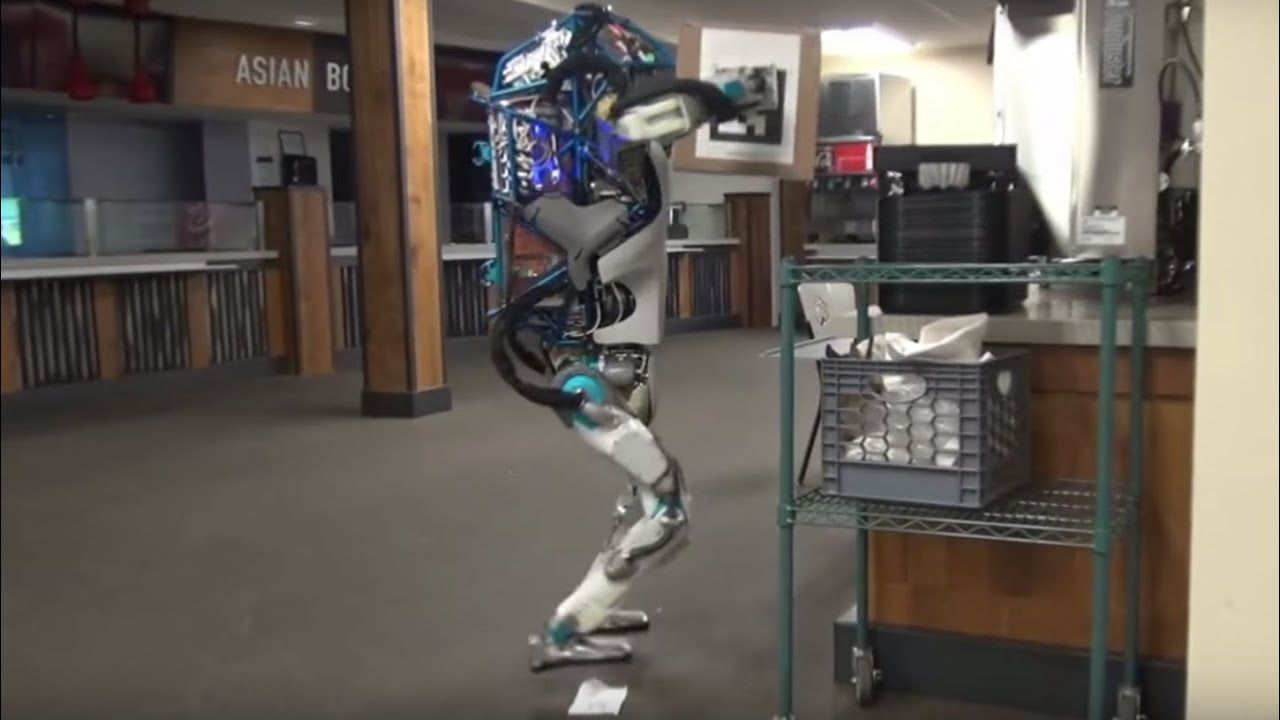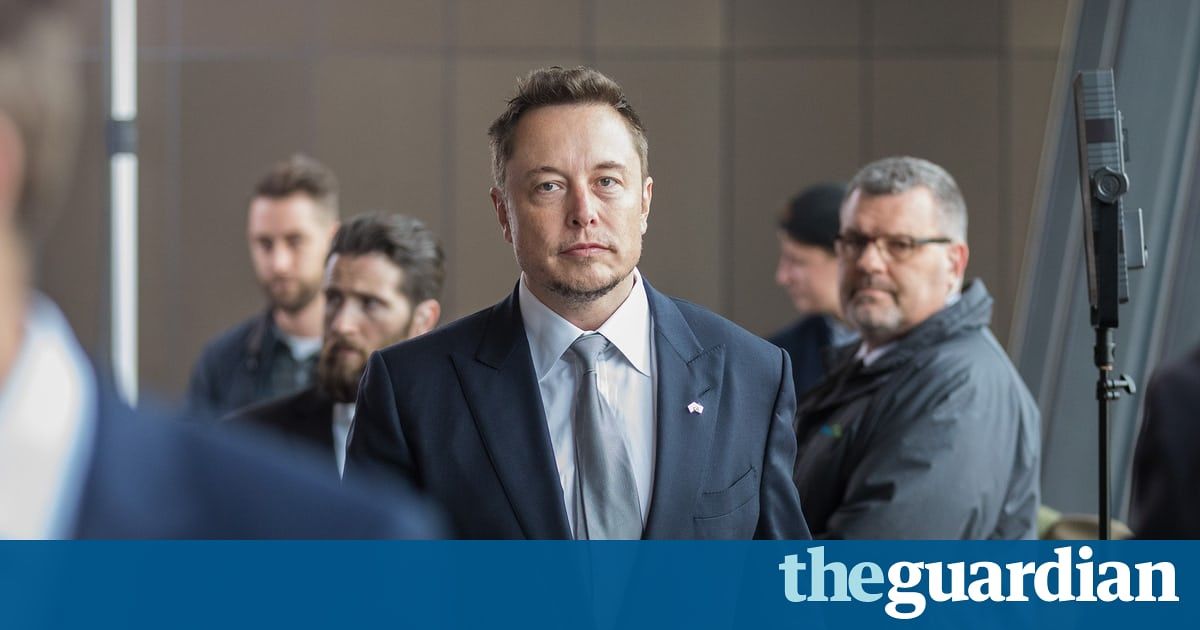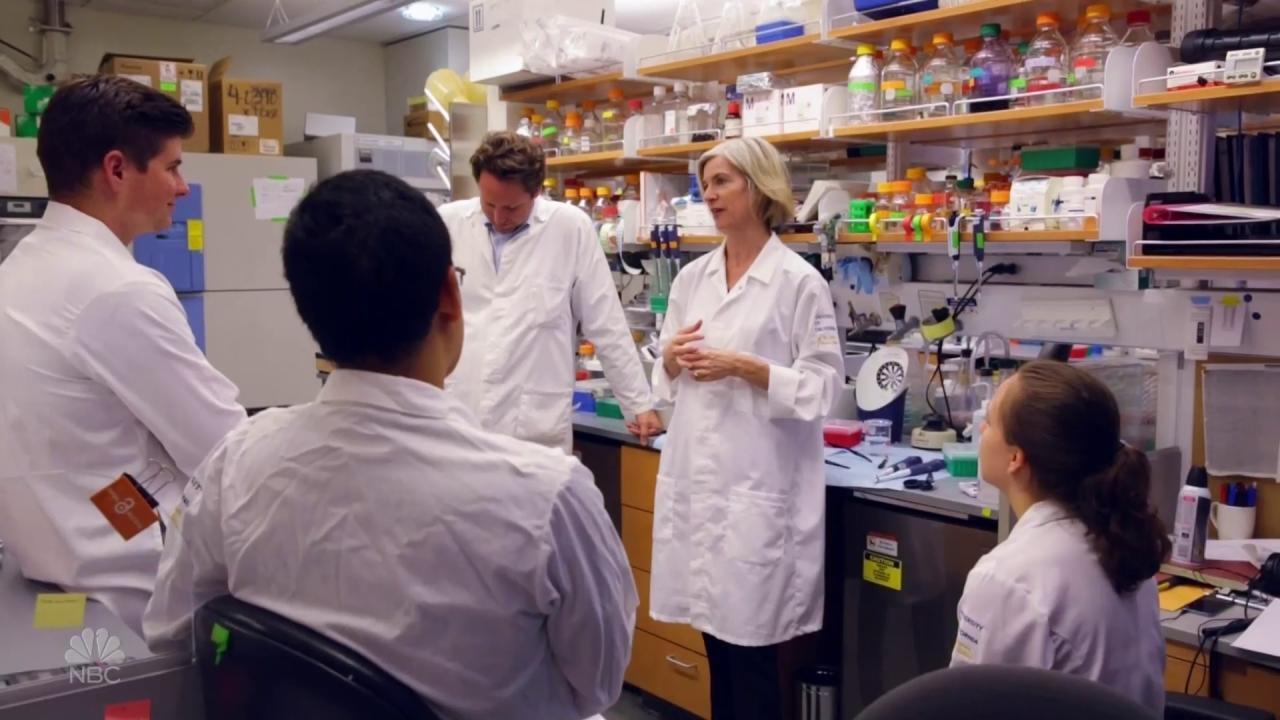Nextbigfuture interviewed Naveen Jain at the Singularity University Global Summit. Naveen K. Jain is a business executive, entrepreneur and the founder and former CEO of InfoSpace and a fonder of Moon Express, Viome, World Innovation Institute, Bluedot, iNome, TalentWise and Intelius. He was Ernst and Young’s Entrepreneur of the Year, Silicon India’s “Most Admired Serial Entrepreneur,” and the receiver of “Albert Einstein Technology Medal” for his pioneers in technology, he has been repeatedly honored for his entrepreneurial successes. Red Herring also recognized him as one of the “Top 20 Serial Entrepreneurs” and with the “Lifetime Achievement Award.” In 2015, Naveen Jain had a net worth of $2.2 billion.
Researchers at The Ohio State University Wexner Medical Center and Ohio State’s College of Engineering have developed a new technology, Tissue Nanotransfection (TNT), that can generate any cell type of interest for treatment within the patient’s own body. This technology may be used to repair injured tissue or restore function of aging tissue, including organs, blood vessels and nerve cells.
Results of the regenerative medicine study published in the journal Nature Nanotechnology.
“By using our novel nanochip technology, injured or compromised organs can be replaced. We have shown that skin is a fertile land where we can grow the elements of any organ that is declining,” said Dr. Chandan Sen, director of Ohio State’s Center for Regenerative Medicine & Cell Based Therapies, who co-led the study with L. James Lee, professor of chemical and biomolecular engineering with Ohio State’s College of Engineering in collaboration with Ohio State’s Nanoscale Science and Engineering Center.
It’s getting too easy to create dangerous viruses. The upcoming national biodefense strategy should ensure that scientific journals don’t help terrorists learn how.
The news that researchers have recreated an extinct cousin to the smallpox virus using only commercially available technology and items purchased over the Internet renews concerns that bioterrorists could do the same if detailed information about the methods were published. Here’s the problem: scientific journals are geared toward publication, often without sufficient understanding of the public-security risks. We need a better system to ensure that information that could help bad actors stays unpublished.
It took David Evans’ team of scientists at the University of Alberta in Edmonton, Canada, about six months and $100,000 to recreate the horsepox virus, a close relative of the smallpox virus that killed perhaps 300 million people in the 20th century before it was eradicated in 1980. In a summary of the research, the World Health Advisory Committee on Variola Virus Research wrote that “recreation of such viral genomes did not require exceptional biochemical knowledge or skills, significant funds, or significant time.”
A team of scientists unearthed a volcanic region previously hidden under ice sheets, with the geologist who led the team warning of destabilising consequences.
Edinburgh University researchers uncovered almost 100 volcanoes – with the highest almost as tall as Switzerland’s 3,970-metre Eiger.
Geologists think the region, which sits two kilometers below ice in west Antarctica, will dwarf east Africa’s volcanic ridge, which is rated as the world’s densest concentration of volcanoes.









